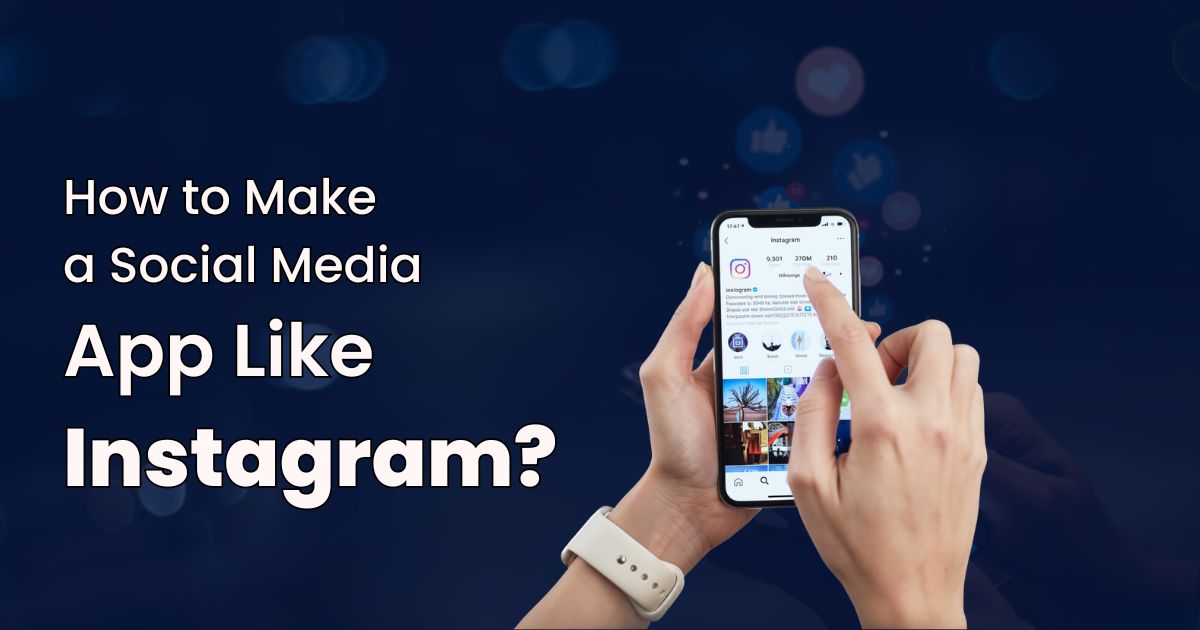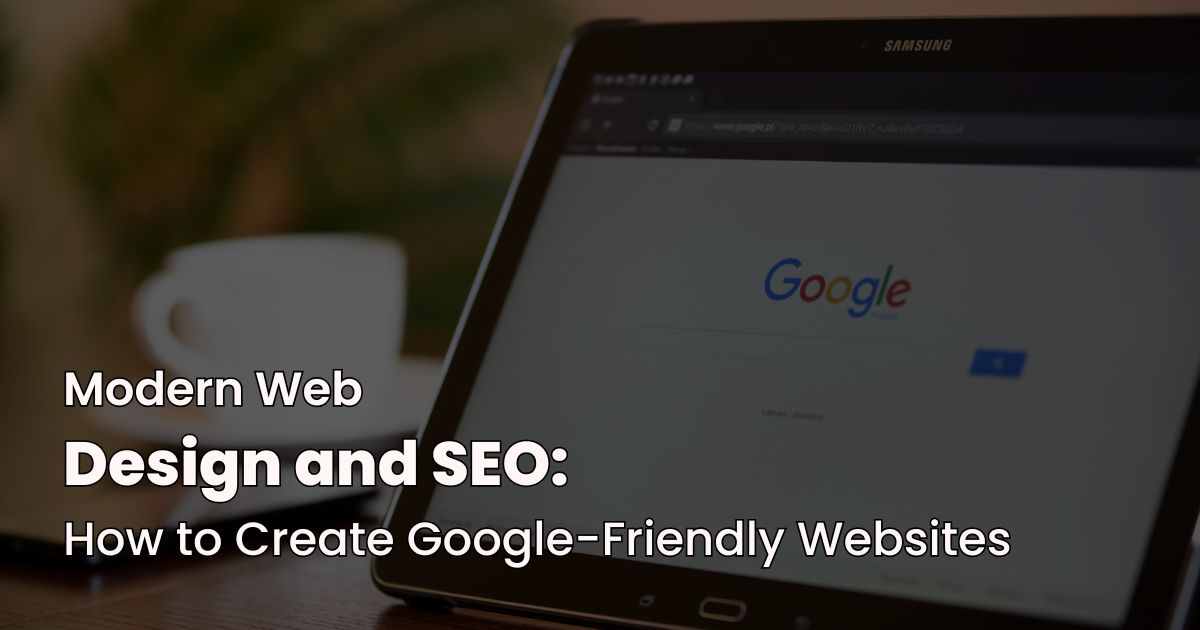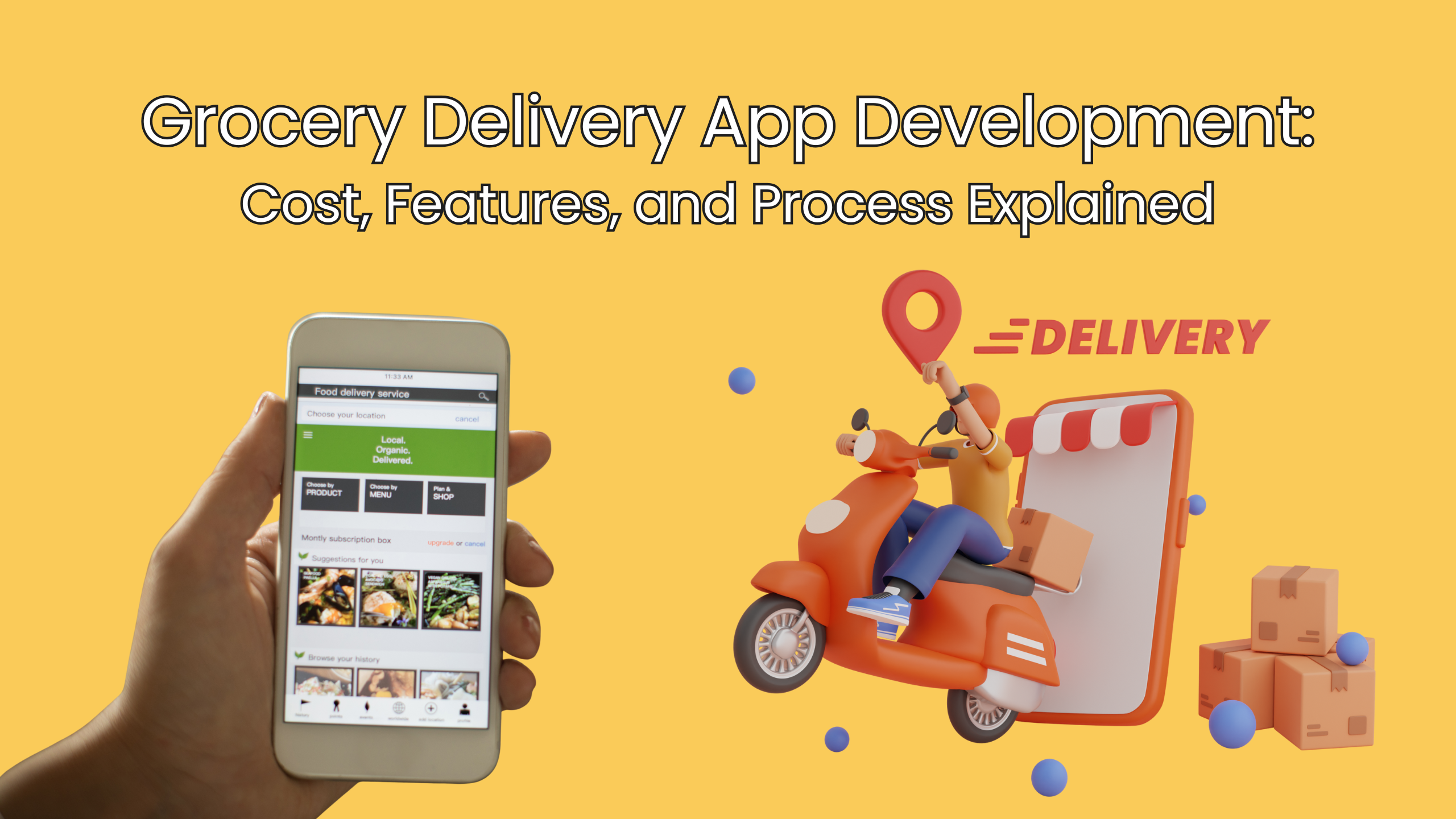Businesses often get confused while planning marketing strategies and get stuck in choosing between outbound vs inbound marketing. To avoid confusion, we have prepared this post with major key differences between inbound vs outbound marketing.
When it comes to producing or updating a company’s marketing strategy, it can be quite daunting to decide what you should focus on and what to avoid. Straightforwardly speaking, there are two universal marketing concepts — inbound marketing vs outbound marketing. These are the two most common overarching marketing strategies, and they have their own differences and benefits.
As per the Search Engine Journal, inbound leads convert at a better rate than outbound marketing leads; the SEO-generated inbound leads have a staggering 14.6% close rate, while outbound leads have a 1.7% close rate. However, outbound marketing promotes brand awareness and helps reach people who haven’t heard of your products/services before.
So both inbound and outbound marketing can work wonders.
Questions like — which one is a better methodology? How do they differ from each other? Which one should you choose to fulfill your marketing goals? And so on trouble many. To make the apt choice, businesses take the help of experienced top growth companies that can guide them better considering your business marketing needs.
Let’s dive into the world of inbound vs outbound marketing, explore the basics, differences, and more about them to understand what to choose and why. Ready? Let’s jump right in then!
What Is Inbound Marketing?
Inbound marketing strategy is about attracting potential customers by producing engaging and relevant content addressing customers’ interests and needs. The audience discovers the brand when they research a solution.
Having said that, inbound marketing is considered the passive type of marketing, where the first contact takes place externally (from clients to the companies). In short, inbound marketing involves getting potential customers to contact you.
What Is Outbound Marketing?
When it comes to talking about outbound marketing, it’s often associated with traditional marketing, such as direct mail, events, billboards, cold calling, newspapers, and radio. Although outbound marketing is also being applied to modern technology like PPC ads, spam emails, etc.
All in all, outbound marketing involves reaching out to get in touch with potential customers and presumes direct and immediate contact with prospects via channeling the messages outward.
7 Major Key Differences Between Outbound vs Inbound Marketing
Timeframe and Achieved Results
Inbound marketing is a long-term game where members contribute something that should work out in the next half a year. With that said, the content is quite slow. It takes time, effort, and money to understand what’s wrong and why it is not generating leads.
However, outbound is pretty different in this context. The entire process is operated by a researcher, content/copywriter, and others working in perfect alignment. Moreover, the results are attained within days or weeks after implementation. So outbound marketing is incredibly fast and result-driven.
ROI and Type of Communication
Inbound marketers often complain that a large part of high-quality content doesn’t obtain the key marketing goals. People often come to read articles instead of making purchases. So you can create great content, but that might not increase sales. Also, inbound ROI is hard to measure.
On the other hand, outbound marketing embraces one-on-one conversation between a salesperson and a prospect, which is more flexible. So SDRs can adapt accordingly. Plus, they always know their ultimate goal, qualify and pass the prospect further down the funnel.
Scaling Process
Scaling is indeed a complex process that requires determination and precision by the entire team. However, outbound marketing helps achieve goals easier and faster than inbound marketing.
It has a shorter timeline because outbound campaigns are faster, offers quick feedback as it embraces one-on-one conversations in real-time, and gives more control over the process as you are in charge, not your audience.
Outreach Channels
Inbound channels are quite passive and limited to the internet space, including website, content, SEO, social media marketing, PR/content placement, and guest blogging. Outbound marketing, on the other hand, is more active and personal.
The most common channels for outbound marketing are — email marketing, phone calls, outreaching through social media, landing pages, and targeted ads. Moreover, outbound marketing also includes some offline activities like tradeshows or traditional media ads (TV, print, billboard, and direct mail).
Pull vs Push
Inbound marketing is basically pulling; however, outbound marketing is all about pushing. How? Let’s find out! When you create content that people are finding, you will pull customers. However, when you develop content based on trends, it might (or might not) capture your prospect’s interest. So accordingly, you have to push it via advertising methods. So that’s the thing with pull vs push in inbound marketing vs outbound marketing.
Generic vs Specific
Outbound marketing is quite generic because everyone and anyone can watch TV, radio, billboard, and print ads. So it’s not customized; it’s basically trying to appeal to the entire population. On the other hand, inbound marketing follows a more specific approach.
With inbound marketing, companies only concern themselves with an audience it is interested in. For example, content creation such as blogs, social media posts, newsletters, etc., are some good examples of inbound marketing.
Permissive vs Disruptive
The inbound methodology is how you create and distribute content prospects via their actions on search engines, social media, or email opt-ins. This is a permissive marketing approach. On the other hand, outbound marketing takes a disruptive approach.
How? TV or radio interrupts your show with advertising that is uncalled for. With that said, most marketers prefer inbound marketing; however, many still use the outbound approach to get people’s attention.
When to Choose Inbound Marketing vs Outbound Marketing?
Inbound marketing is 62% less expensive than outbound marketing. Once you have set inbound marketing effectively, you can drive evergreen organic traffic, pull visitors, leads, and customers.
Inbound marketing is a preferred approach if you’re patient enough and looking for a long-term plan. To stand a chance in the long-term with inbound marketing, you need a well-thought-out strategy. Coming to outbound marketing, if you’re a new business or you just launched a new product and need to build awareness, it makes sense to use outbound marketing like TV, billboards, and others.
Keeping budget, time, and sustainability in mind, one can go with inbound vs outbound marketing accordingly. The result of combining both approaches is a highly customized and scalable approach that is budget-focused and lucrative.
Moreover, outbound marketing excels at delivering results in a short time while inbound takes time. Talking about sustainability, both require constant effort on your part to maintain any level of success.
Concluding Thoughts
To stay ahead in the marketing game, you need to keep up with the constantly changing marketing landscape. Depending on your marketing needs, wants, and goals, choose any between outbound vs inbound marketing.
Remember whatever you choose must align with your business objectives. Only this way you can reap maximum benefits. In case you get stuck, take the help of a reputed online marketing consultant for a better understanding and clarity.










Write A Review